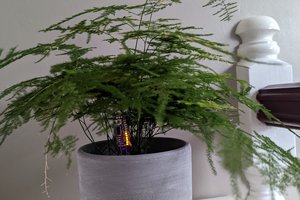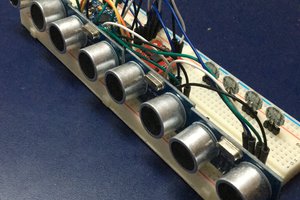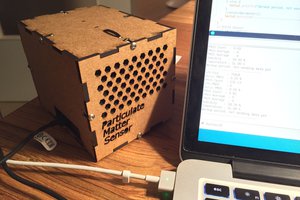We envisage that these inexpensive sensors can be built and maintained by interested hobbyists. Our goal is not to develop the world's most accurate sensor, but rather a device which at a glance tells us if it's a good idea to spend time outside.
less-smog.org
Raising awareness about air pollution one city block at a time.
 Jan Szumiec
Jan Szumiec




 Curt White
Curt White
 Param Aggarwal
Param Aggarwal
 tiefpunkt
tiefpunkt
Where's the software?